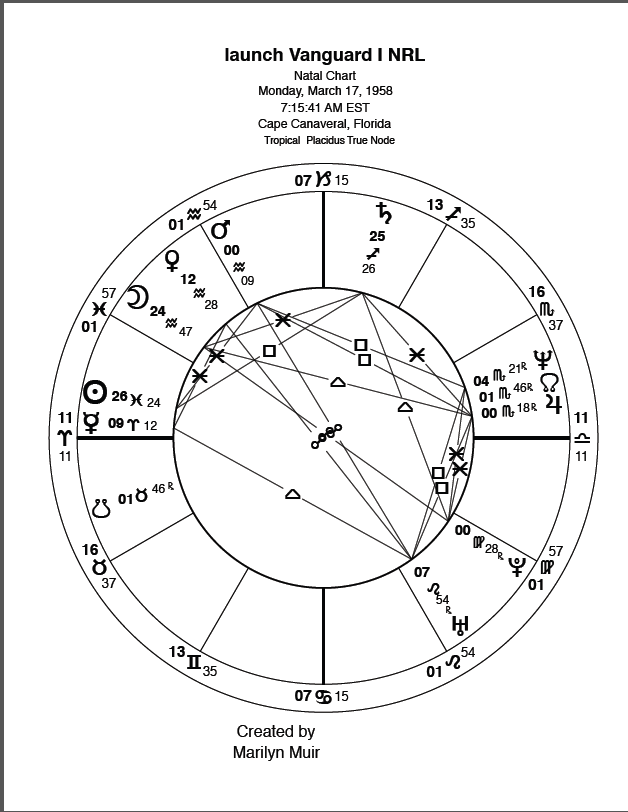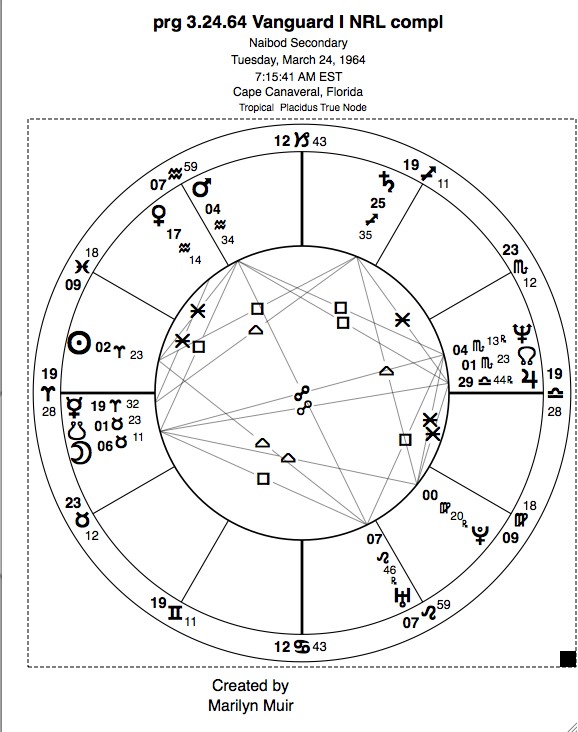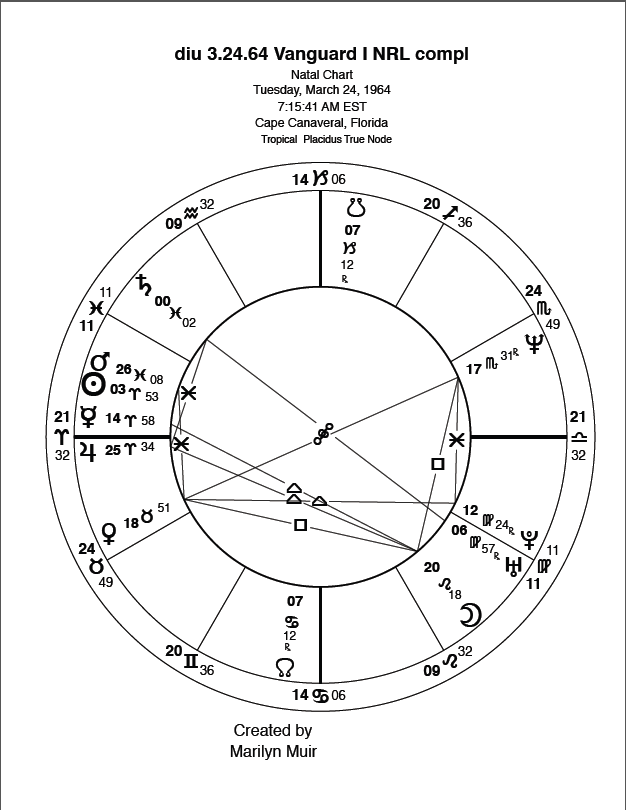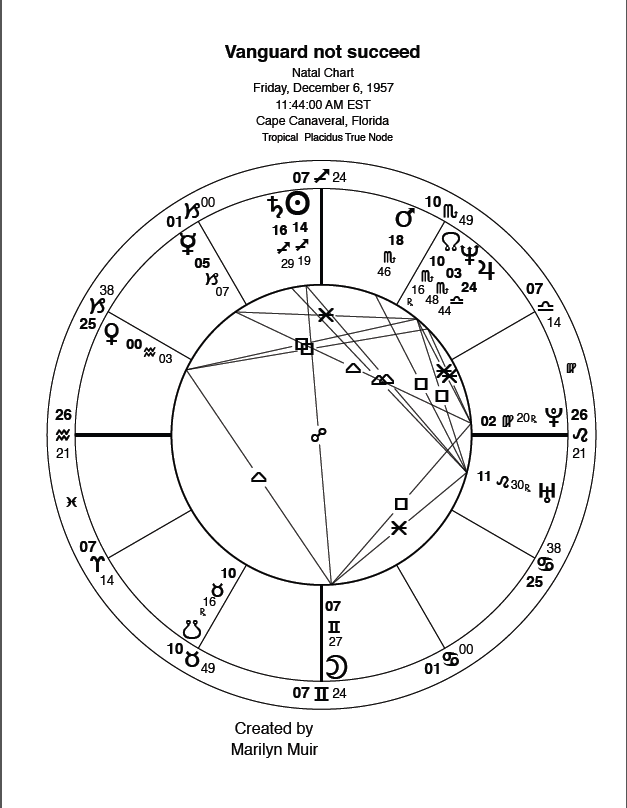by Marilyn J. Muir, LPAFA

This work is licensed under a Creative Commons Attribution-NonCommercial-ShareAlike 4.0 International License.
We are coming up on the 60th anniversary of a seemingly simple space launch for both the USA and the world’s flurry of satellite launches in the late 50’s and into the 60’s. These efforts were part of the 1957-58 International Geophysical Year to create a network of tracking stations. Russia stole the stage with the unannounced launch of Sputnik. I say unannounced because such launches were a joint global effort to get the scientific satellites up, and there was no “race for first” expected because it was a collective. The Soviet Union, in a feat of one-ups-man-ship, got one off and up first, setting off a flurry of concern and activity to avert the then-perceived threat of intercontinental ballistic capability. In the rush to equalize political positions, there was a push to succeed and mistakes were made.
Since space exploration in any form is a mystery and quite intricate, mistakes unfortunately are common as we “win one, lose one” in rocketry, mechanics, cosmic dancing, etc. The first Vanguard Test Vehicle that had been scheduled for an incremental test was immediately but prematurely upgraded to the real thing. Launched on Dec 6, 1957 at 11:44 AM EST from Cape Canaveral, it was a disaster. The rocked lifted then exploded, throwing off the satellite. Failure of launch (chart provided)! Other U.S. launches did take place during that general time period.
One fine day in March of 1958, the U.S. successfully launched the first of the Vanguard series of scientific satellites. Since that time the world has put up many satellites and other spacecraft, unmanned and manned; some successful, some not, resulting in an unbelievable amount of space junk floating above us and in space. Satellites, debris, rocket stages, you name it, the sign of man is definitely in the heavens. About 23,000 cataloged objects, working and non-working, currently orbit the earth from over sixty years of space exploration. All must be tracked and mapped as all those working objects and all that debris affects our existing networks, the Space Station and any new launches.
The interesting part to me is that while there was success in the launch and seven years of data accomplished, the Vanguard satellite eventually went silent. These were the days prior to long-term power sources. Many launches were far more famous and costly but eventually even they came back to Earth as debris burning up in our atmosphere. Some objects are still intact… but Vanguard I is the oldest, silent but stable in maintaining its orbit. The European Space Agency keeps track and the person who knows is Tim Flohrer. Not only is Vanguard I the oldest existing object, it has orbital stability for several hundred to a thousand years. Space travel is costly, dangerous, unreliable, and yet necessary as man’s continual searching takes him off-world. Vanguard hangs in there, silent but steady. Why? Let’s look at the astrology chart for the first successful launch and see what the energy has to say about almost sixty years of life and a stable orbit in a questionable environment. The keyword seems to be stability. What about Fixity?

The time for launch was given at 12:15:41 UTC. For Cape Canaveral, Florida, that would be 7:15:41 EST on March 17. 1958. Aries Ascendant 11:11, chart ruler Mars 00 Aquarius 09, Mercury 9 Aries 12 conjunct the Ascendant from the twelfth house and in separating square to the Midheaven/IC cusp. Mars is actually in the tenth but adjacent to the eleventh cusp of group participation and rewards from career or mission. The chart ruler is posited in the house that represents the goal or purpose of the event. We have an obvious ruler (Mars) and a more hidden co-ruler (Mercury/twelfth).
Look at all the fixed placements: Mars as given, Venus, and Moon also in Aquarius, Uranus in Leo and retrograde, Jupiter and Neptune are conjunct in Scorpio, both retrograde, and the North Node smack in the middle of the two. Retrograde implies been there, done that or unfinished business – in this case, prior to launch. That gives six planets and the nodal pair in fixed signs: 60% of the planets along with the nodal pair (destiny or fated) for good measure!
Look first to the T-square of Mars opposition Uranus, tightly square Jupiter, N Node and Neptune, Mars marks it applying (now to future). Venus and the Moon are long past activation (separating as in part of an ongoing process). I think this T-square adequately describes a satellite sitting atop a controlled explosion called a rocket.
Mercury was literally rocketing just short of two degrees per day, actually moving faster than the Ascendant, and therefore applying to it. By progression, Mercury caught up to the Ascendant six to seven years after the launch. The communication pattern intended had completed itself and the satellite’s voice (data) went silent, as was expected. Mercury had already passed the opposition to Jupiter, activating the natal T-square. How does this six-to-seven-year life cycle of the co-ruler bear out by moving the chart forward by progression? Stay tuned…
Look at Saturn, the Midheaven ruler, designator for the goal or purpose of the charted energy. It is in the ninth of long journeys outside of the local neighborhood (third). In the chart Saturn is square the Sun in the twelfth. Twelfth house Suns don’t always receive fame or notoriety – it is a more modest position. It is also a separating (prior negative process) aspect. Saturn was at 25 Sagittarius 26, close to the center of our Milky Way Galaxy, for that time frame. Launch and subsequent events were in line with our Galactic Center, ruling the goal and direction of the launch. Remember also… this was a science mission and communication was key. There was lots of stress around the launch, with an undercurrent of re-stabilizing the USA as the world leader in cosmic adventures.
There are two dates that could signify the end of the lifecycle for Vanguard. Remember it was a working satellite sending back major data for several years. The satellite stopped transmission in June, 1964. I had no success in finding the actual date. Slightly before was another significant date, that of completion of the mission itself 2200 days after it began: March 24, 1964. I used the Julian calendar counting system. In your ephemeris, the Julian date is given for the first of each month, which was interpolated to the 17th day of March, 1958. Then simply add the 2200-day life cycle and interpolate it backwards to March 24, 1964… end of science mission. Because the day of ceasing transmission was speculative, the end of mission was chosen.

Progressed launch Vanguard gives 19 Aries 28 on the Ascendant. Progressed ruler Mercury is 19 Aries 32 in the first, a 4 minute conjunction. This is quite specific. I find in general that the aspect is strongest as it approaches exactitude (applying). The natal fixed T-square is still active, but the progressed Moon has made it a Grand Square. Progressed Mars, the natal chart ruler 4 Aquarius 34, has completed its natal square to Neptune 4 Scorpio 21R. (Mission accomplished?)

I looked at the end of launch life cycle diurnal (personal transits) and was amazed to have the Midheavens and Ascendants close. Diurnal Midheaven 14 Capricorn 06 and Progressed 12:43; Diurnal Ascendant 21 Aries 32 conjunct Progressed Ascendant 19:28. Diurnal Mercury 14 Aries 58 squares both Midheavens closely. Progressed Sun is 2 Aries 23, with Diurnal Sun 3:53. There always is more to list, but I have one more area to illustrate. Continue to compare diurnal to natal and progressions and progressions to natal. Remember the math to construct each chart is separate. Such close aspects verify the validity of the charts and yet still allow for the craft to continue communications for a few more months.

The earlier botched Vanguard launch explosion occurred December 6, 1957, 11:44 AM EST, Cape Canaveral. Why failure? Note Pluto opposing the Ascendant wide and out of sign, also squaring the Midheaven/IC/Moon. I honestly would consider some sort of sabotage or fiddling with the works. Because the Moon is separating, I believe that the cause behind the explosion occurred before the launch itself. The reasons for the explosion were not clearly defined in my research. Saturn and Uranus co-rule the Ascendant, with Saturn conjunct the Sun and Uranus closely square the Nodes. Saturn and Uranus were in a trine that included the Sun. The Moon / Pluto / Midheaven T-square apparently wielded more power than the trine just described and the launch was a disaster.
Vanguard I and a part of its rocket staging are still in orbit high above the Earth… silent testimony to a successful launch. Happy Birthday Vanguard I.
Sources:
http://www.bbc.com/future/story/20171005-the-worlds-oldest-scientific-satellite-is-still-in-orbit
http://astronauticsnow.com/vanguard/index.html
https://en.wikipedia.org/wiki/Vanguard_1
http://space.skyrocket.de/doc_sdat/vanguard-6in.html
Published in AFA Today’s Astrologer Dec 2017 vol 79#12, republished with slight editing.

This work is licensed under a Creative Commons Attribution-NonCommercial-ShareAlike 4.0 International License.